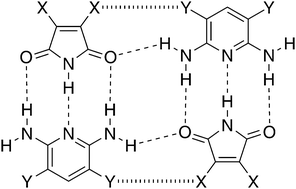
The team chose systems of a series of crystals and co-crystals formed by 3,4-diX-substituted maleimide, 3,5-diYsubstituted-2,6-diaminopyridine, where X, Y = H, Cl, Br, and some of their 1 : 1 adducts.
Hydrogen bonding continues to play a central role in crystal engineering strategies but other interactions have received increasing attention as supramolecular synthons. Among these, halogen bonding is a stabilizing directional interaction between the halogen atom and an electron donor.
Read the article for free until 12th May 2011 here.
Structures of hydro-, chloro-, and bromo-substituted maleimides and 2,6-diaminopyridines, and of some of their 1:1 heterodimers
Tullio Pilati and Franco Cozzi
CrystEngComm, 2011, Advance Article, DOI: 10.1039/C1CE05166K
 You might also find interesting a recent Dalton Transactions blog post called “IUPAC define the hydrogen bond“.
You might also find interesting a recent Dalton Transactions blog post called “IUPAC define the hydrogen bond“.
Why not check it out here.












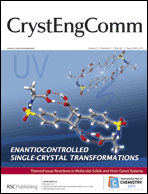
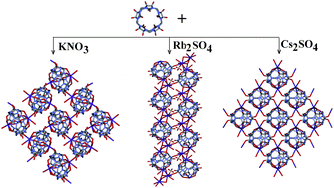
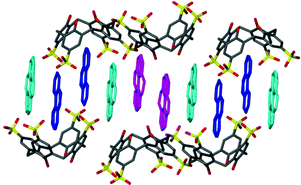 In this
In this 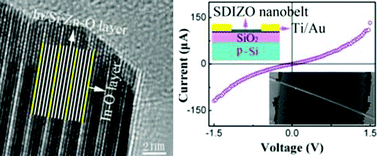
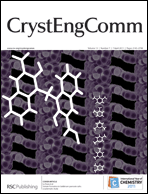
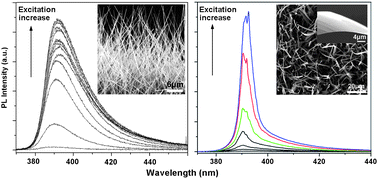 In this
In this 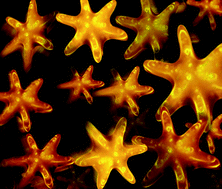 Vanadium oxides with various connectivities of distorted VO6 polyhedra are characterized by tremendous structural diversity, which make them a seemingly huge playground for solid-state chemists.
Vanadium oxides with various connectivities of distorted VO6 polyhedra are characterized by tremendous structural diversity, which make them a seemingly huge playground for solid-state chemists.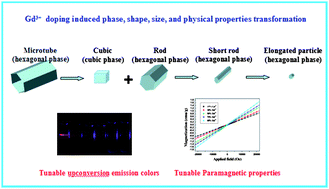 In this
In this 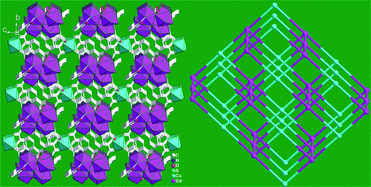 Designing coordination polymers with both lanthanide and transition metal centres is of great interest to the MOF community in terms of the often wierd and wonderful architectures that can be achieved as well as the properties that can be derived from these networks in such diverse areas as magnetism, luminescence, catalysis and molecular adsorption.
Designing coordination polymers with both lanthanide and transition metal centres is of great interest to the MOF community in terms of the often wierd and wonderful architectures that can be achieved as well as the properties that can be derived from these networks in such diverse areas as magnetism, luminescence, catalysis and molecular adsorption.